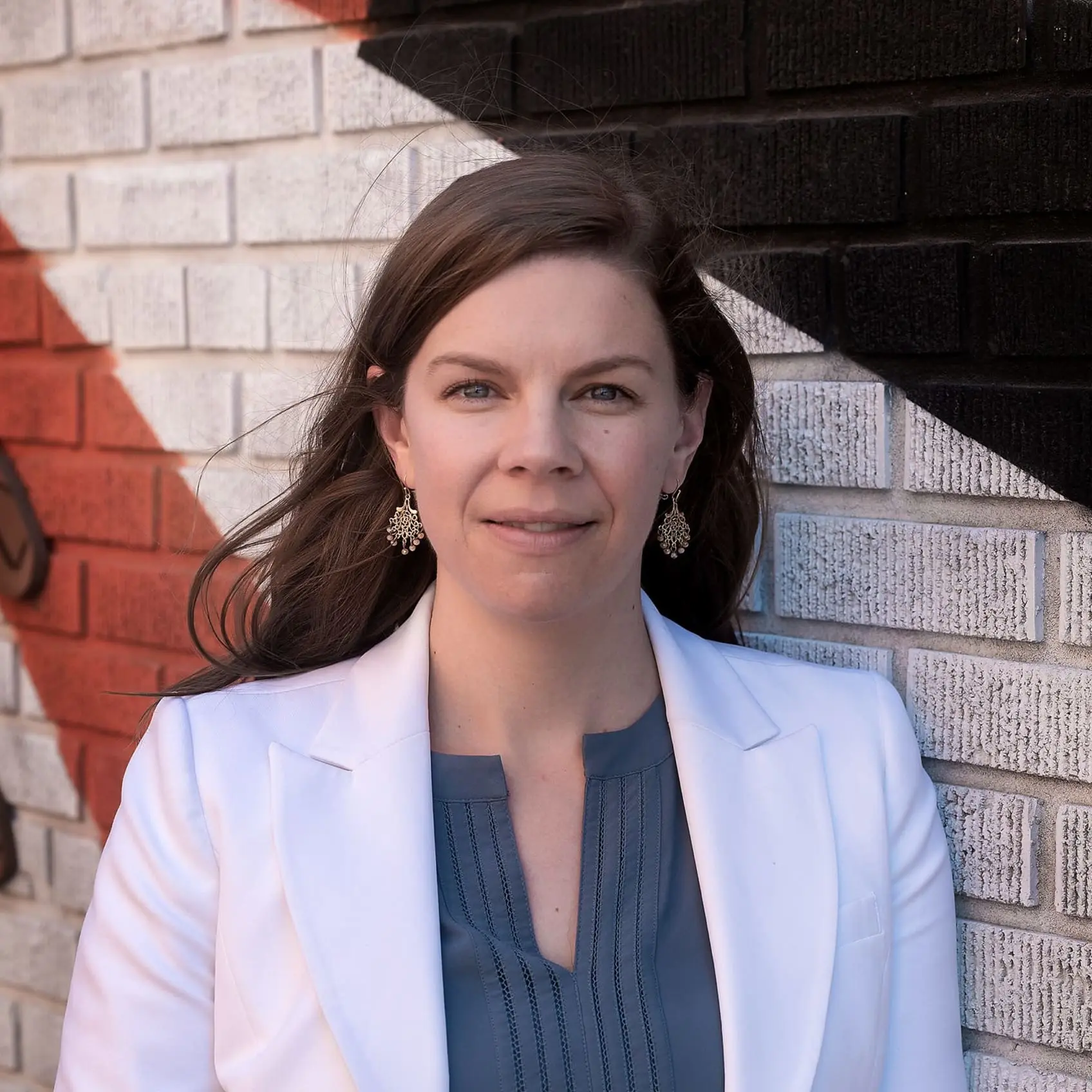High quality Pre-K programs are an essential component of life in any major American city. The evidence showing the return on investment for Pre-K is one reason why CityHealth has included high-quality, accessible Pre-K as one of its nine evidence-based policies that improve people’s day-to-day quality of life, well-being and health.
Unfortunately, in cities across the country, high-quality Pre-K programs are at risk, due to city and state budget crises. However, cutting funding now would be a short-sighted mistake. High-quality, accessible Pre-K delivers short and long-term benefits for children, helps fight inequality, and is one of the best investments any city can make. Difficult as it may be, protecting Pre-K funding now is an opportunity for city leaders to lay the groundwork for better resident health, sustained economic growth while showing their commitment to social justice and racial equality.
The COVID-19 pandemic has infected two million people, left more than 100,000 dead, and essentially paralyzed the economy. The resulting economic recession has put tens of millions of Americans out of work, and all levels of government are grappling with huge revenue shortfalls. Pre-K programs have historically been primarily sustained with state funds, but with growing evidence of Pre-K’s short- and long-term benefits in recent years many cities have increased their investment in local programs. Large cities in 15 states across each region of the country are now enhancing Pre-K programs with local funds, but that progress is at risk.
Projections show American cities are facing $360 billion in lost revenue over the next three years. Cities cannot only rely on help from states: the Center for Budget and Policy Priorities estimates staggering state budget shortfalls of 15% in 2020 and 25% in 2021. And polarization in Washington, D.C. means the prospect of a federal bailout is increasingly far-fetched, so localities are left to make incredibly difficult choices about how to make up these losses. Cities are being forced to scale back essential services, furlough or lay off municipal employees, and abandon capital projects. These decisions all have far-reaching impacts on employment, economic development and city infrastructure.
While those budget pressures are very real, slashing Pre-K funding is a short-sighted move. In the short term, children who attend high-quality Pre-K are better prepared for school, less likely to repeat a grade and less likely to be referred to special education. As children grow into teens and adults, the evidence shows long-term benefits such as improved high school graduation rates, lower crime and teen pregnancy rates, higher lifetime earnings and better health outcomes. Nobel laureate economist James Heckman estimates a $7-$10 return on investment for every dollar spent on Pre-K, based on increased school and career achievement as well as reduced expenditures on remedial education, health and criminal justice. Cities that find a way to keep Pre-K funded through today’s budget crises will reap outsize benefits in years to come.
Protecting Pre-K funding also helps cities address racial and economic inequalities. Higher income families are more likely to be able to pay for private preschool where public Pre-K is not available. As a result, nearly all children in these families are able to access the benefits of early childhood education. Unfortunately, low-income and minority children have the least access. Most of the social determinants of education and health that characterize the gaps between the rich and everyone else, and between whites and people of color, result in a learning gap that is generated before children ever walk through the kindergarten door. But expanding access to high-quality Pre-K has the potential to narrow those gaps and set children up for long-term success.
How can cities better plan and prepare Pre-K programs for the upcoming school year? Join CityHealth and NIEER on Wednesday, July 15 at 2pm ET for a webinar exploring how Pre-K programs are adapting their programs to meet COVID-19’s challenges. Register here.
Preliminary data is already showing that the COVID-19 pandemic is exacerbating these inequities and learning losses for young learners. A recent analysis by The New York Times asserted, “Racial and socioeconomic achievement gaps will most likely widen because of disparities in access to computers, home internet connections and direct instruction from teachers.”
These learning gaps were estimated with specificity for older students and it is likely that the disparities are wider for preschool:
A separate analysis of 800,000 students from researchers at Brown and Harvard looked at how Zearn, an online math program, was used both before and after schools closed in March. It found that through late April, student progress in math decreased by about half in classrooms located in low-income ZIP codes, by a third in classrooms in middle-income ZIP codes and not at all in classrooms in high-income ZIP codes.
When all of the impacts are taken into account, the average student could fall seven months behind academically, while black and Hispanic students could experience even greater learning losses, equivalent to 10 months for black children and nine months for Latinos, according to an analysis from McKinsey & Company, the consulting group.
It should be the mission of every public official to stem these losses, and protecting Pre-K programs is one way to do so.
There are many different ways cities can address equity within their Pre-K programs. For starters, all programs should collect data on who is being served. The collection of this data allows program administrators to ensure that the children who need access to quality early learning experiences are actually getting these services.
Next, it’s imperative that these data are used in the creation of local policy. For example, these data can highlight the need to hire early childhood educators who speak children’s home languages. It can also highlight where families are living, and ensure that centers and classrooms are located in areas where they will have the greatest impact. It can also help lead to strategic enrollment campaigns if particular groups of families and children are not being reached. Many cities are already embracing these types of practices, and we have much to learn from their work.
At CityHealth, we are working to revise the menu of policies we promote, and high-quality Pre-K will remain a top priority. The CityHealth team has been fortunate to partner with the National Institute for Early Education Research (NIEER), and together we have supported a cohort of Pre-K professionals working in cities across the country to improve not only funding but access, quality, and equity. In February of 2020, CityHealth convened this group of 30 Pre-K leaders and asked them to share their unique perspectives and solutions with each other. The main theme we heard out of the meeting was the need to focus on equity in Pre-K. The group asked CityHealth and NIEER what we could do to support cities as they work to make equity a priority in classrooms, school leadership and outcomes for individual children. As we update our criteria for how cities’ Pre-K programs are assessed, we are committed to addressing equity, and will continue to work with city leaders and advocates to ensure that all children have the opportunity to benefit from excellent early childhood education.
Quality Pre-K is one of the most powerful tools to address structural inequities in our society. Given the impact of COVID-19 and the movement for racial justice, now is not the time to let our foot off the gas of funding for high quality early childhood education.





